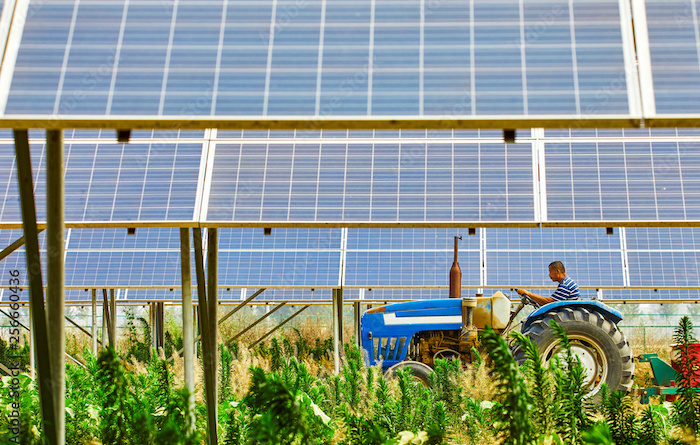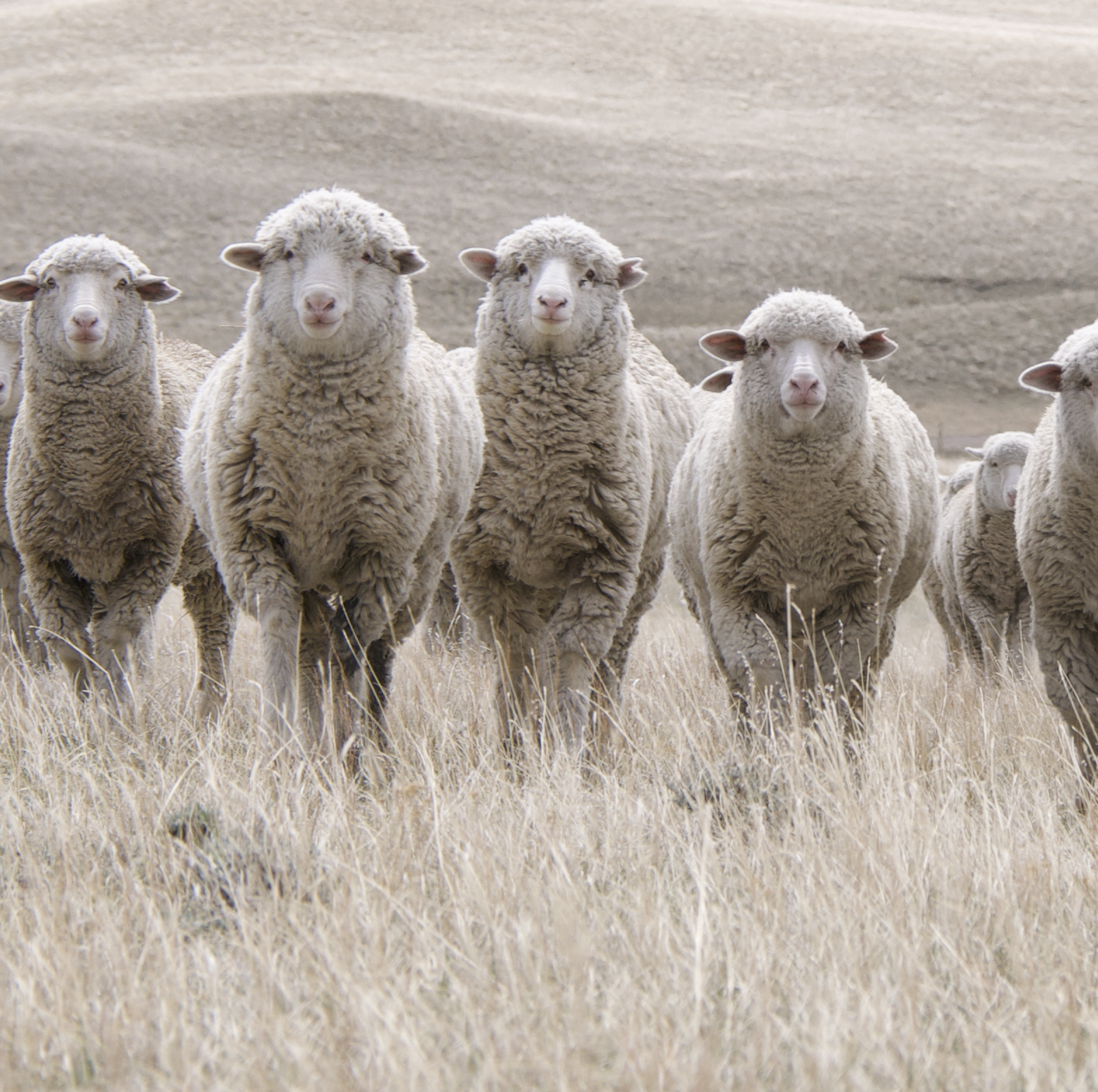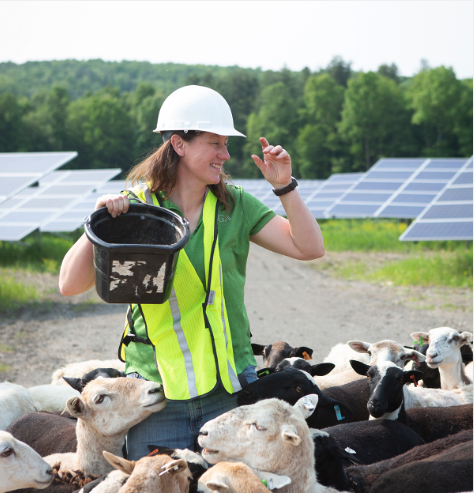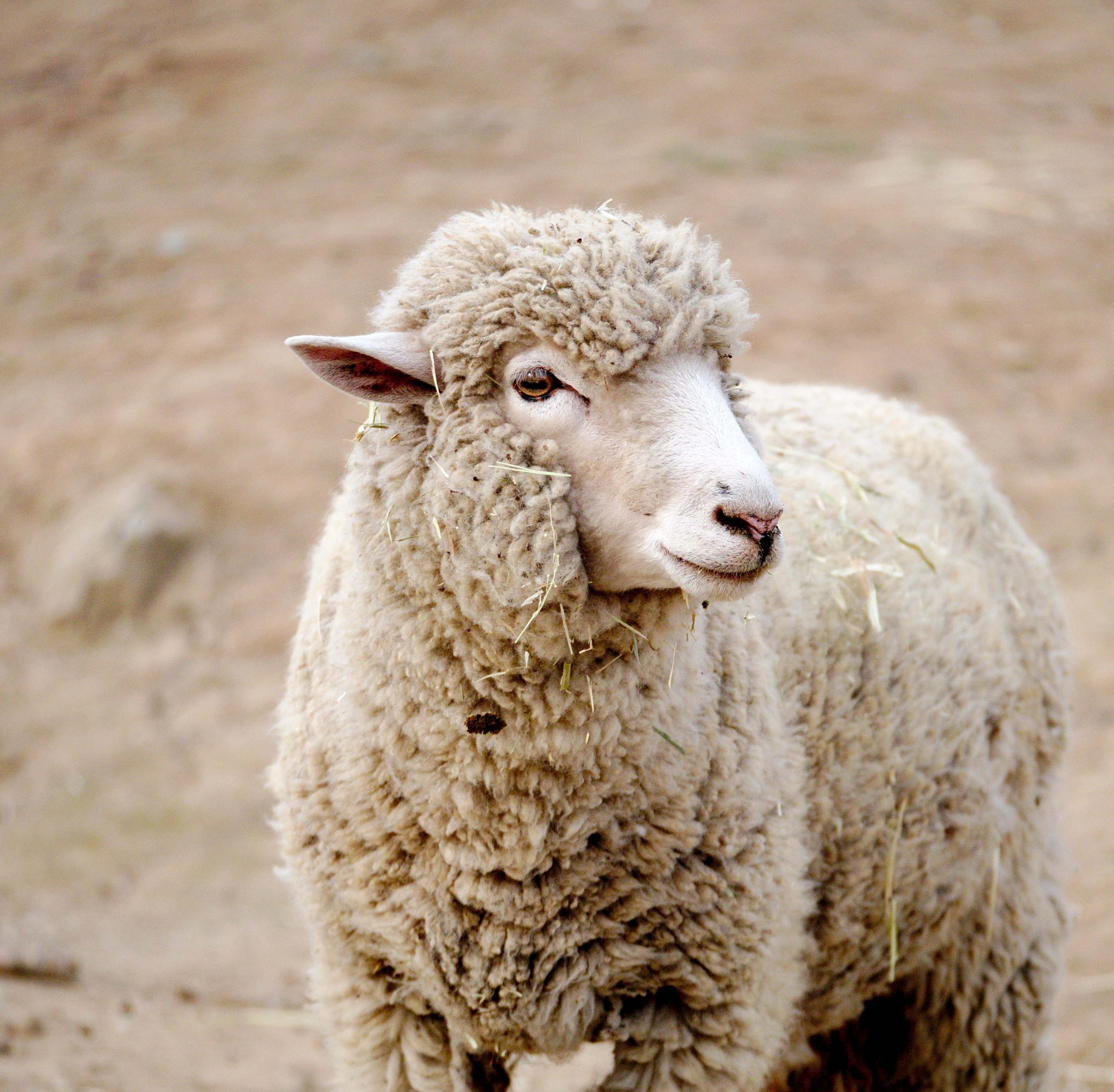Solar Grazing
How “Wooly Weeders” are proving more ecological and economical than mowers and herbicides.Nick Armentrout and his wife own a typical small New England farm in southern Maine. His involvement with the American Sheep Industry started in 2008 when he began sourcing fine U.S. wool and production facilities for his father in-law’s new venture: an American-made clothier called Ramblers Way Farm.
Over the course of his career, he developed an understanding of the value of conserving working landscapes. So when a local dairy farm down the road installed a large solar array, he started doing research on solar grazing, a method of vegetation control around solar panels that utilizes livestock, predominantly sheep, instead of mowing machinery or herbicides. The animals can clear solar sites of weeds with minimal cost or damage to the infrastructure.
The American Solar Grazing Association (ASGA), a nonprofit group of sheep farmers, landowners, solar developers, and researchers who have organized themselves to answer questions and educate others about solar grazing, estimates that there are currently 12,000-15,000 acres of solar arrays being grazed in the U.S. As Armentrout enthusiastically points out, it’s a big and growing opportunity for sheep ranchers to make a positive economic and environmental impact. Today, he is an active board member for ASGA.
A new source of grazing land and profit for ranchers
“Solar-grazing contracts open up new acreage, which is a game-changer, ” says Armentrout. Both small and large sheep producers can realize additional value from their animals. This is especially promising for farmers where owning or leasing land for their animals is prohibitively expensive. Thanks to solar farms, they now have access to new acres where they can turn the cost of grazing into a source of profit.”
At work across America
What is true in Maine can be true in America’s West. As sprawling solar farms pop up in record numbers, they create clean solar fuel that can power thousands of homes. But according to Ryan Indart, a sheep rancher and the owner of Indart Solar Sheep Grazing Services in Clovis, California, solar-farm design left room for Mother Nature to play some unexpected tricks.
“What gets underestimated is how fertile the soil is at some of these sites and how robust the vegetation growth can be,” says Indart, who is currently working on a 2,100 acre project in Kings County, California, that powers over 2,000 homes. He then explains that a typical rural western solar site is designed with gravel roads running between long arrays of tilting solar panels that are anchored to the ground but sit about six feet in the air.
The first problem is that “native tall grasses and invasive species like thistle can quickly grow and gather under those arrays,” explains Indart, “and the tall growth easily blocks up to 20% of the sunlight to the panels as their angles shift to track the sun.” The second problem “is much more perilous,” and that is that “the vigor and rate of vegetation growth out here surprise operators and produce a lot of highly flammable fuel.”
Solar fields are required by insurance to mitigate wildfire. Failure to manage vegetation under the array becomes a perfect storm for a fire. A cigarette from a highway or a spark from machinery can easily burn 40-50 acres, cut the power being sold to customers, and completely destroy the facility, all in a matter of minutes. “I get hired out of that fear,” explains Indart.
Fighting weeds the hard way
As a first response to Mother Nature, solar operators turned to mowing and quickly learned it led to several expensive on-site complications. Combustion engines and fuel on site increase the risk of fire. Fast-moving blades throw rocks, damaging panel surfaces. And the size of the machinery means the mowers can’t get under the arrays effectively; in trying, machine operators can easily damage the on-site infrastructure.


Trading one problem for another
A study on atmospheric dust by the National Renewable Energy Lab (NREL) in the U.S. from 2016 to 2019 makes it clear that dust is a major contributor to lost efficiency. According to Matthew Muller, an engineer at NREL, “The energy lost annually from soiling the panels amounts to as much as 7% in parts of the United States.”
“Rain and wind can be enough to scour some dust from panels,” the study points out, “but because the panels cool down at night and attract morning dew, the dust can go through a process called cementation where even a strong rain won’t remove it.”
“Cleaning crews are an additional cost,” explains Indart, and “because the crews come in at night and work in the dark, they can also do a lot of damage that reduces solar collection on site.”
From an ecological perspective mowers are also problematic. They cut everything to within a few inches of the ground, including helpful native plants that fight wind erosion and provide valuable habitat for pollinators. In many areas mowing also destroys nesting grounds for many species of birds, including pheasants and quail.
Enter “Wooly Weeders”



Back East, Nick Armentrout is quick to point out there is a compelling cost-savings bonus to solar grazing on the operations and maintenance side: using grazing animals to manage vegetation on solar sites is about 30% cheaper than mechanical landscaping.
A 2018 study from Cornell University supports him. It found that managing solar-site vegetation with sheep grazing requires two and half times less labor, making it less expensive than traditional landscaping.
“I’m not giving away any business secret here, but grazers can undercut the cost of mowers or herbicides easily,” says Indart. “The sheep are ideal for this kind of work. Typically a herd of sheep is used to target graze 30 to 40 acres at a time. We treat it just like our own pastures. We let the sheep eat down to 15% so invasive species like thistle can’t grow back but everything beneficial can.“ The wild grasses on Indart’s projects, which include rye, foxtail, filerie, radish, and mustard, are a kind of Cobb salad for sheep.
“Wooly weeders” are also experienced and calm and careful “mowers” who can get between and under any equipment more effectively than machinery and do no damage to panels or the supporting infrastructure of wires, cables, and so on.
A win-win-win for solar operators, ranchers, and the environment
It’s just this simple: sheep grazing is proving to be more economical, reliable, and ecologically beneficial when it comes to controlling vegetation and dust than fossil-fuel-powered mowers or chemical herbicides.
This means that wool products not only take less power to produce compared to their synthetic counterparts, but now, thanks to advocates like Nick Armentrout in Maine and operators like Ryan Indart in California, sheep can now help add more clean power back to grids across America.
